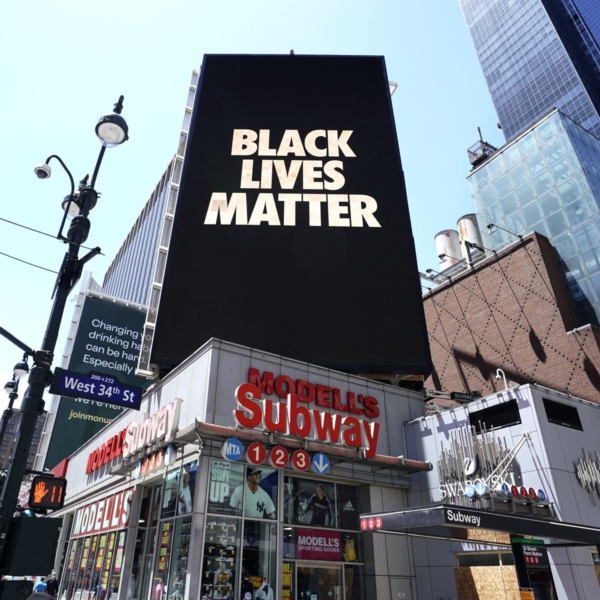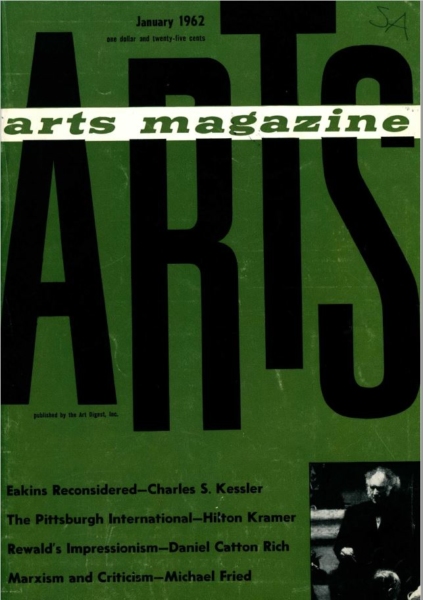Bret Harte’s Birtherism: Dialect Literature and the Fiction of Native-Born Citizenship

Most constitutional scholars dismiss birther conspiracies by pointing to the birthright citizenship clause of the Fourteenth Amendment. Yet birthright citizenship in the United States was founded on a case of exception (“excluding Indians not taxed”), leaving the relationship between American soil and American citizenship ambiguous. It was American literature, not American law, that defined who gets to count as “born American” in this country, because only in the literary realm could the language of the soil manage to spell inclusion and exclusion at the same time. Specifically, Bret Harte’s 1868 Western frontier tale “The Luck of Roaring Camp” (called “new and fresh and spirited” by none other than Mark Twain) teaches readers just why it is that Native Americans could never count as native-born Americans, and why, as a result, the question of who gets to count as “born American” has not been laid to rest, and likely won’t be anytime soon.
Why Black Lives Matter Can’t be Co-opted

We absolutely do not need to figure out how to make anti-racism anti-capitalist. We need to figure out how to start trying to build a mass movement around appealing to the material needs of the broad working-class.
Checking Your Privilege? Perspectives on the Politics of White Identity

Undoubtedly, economic inequality is an enormous problem in a democratic society where citizens claim to value egalitarian norms. But this puzzling juxtaposition misses some fundamental points. The first is that racial identity is not merely a “celebration of difference,” nor is it a distraction from efforts to achieve economic inequality. Suggesting that attending to identity politics is what keeps us from fighting growing inequality is just barking up the wrong tree.
Issue #35: The Nineteenth Century (Part Three)

This is the third in a series of issues featuring new scholarship on nineteenth- and eighteenth-century art.
Lukács/Fried

After 1848 the bourgeoisie cannot and no longer does understand itself as standing in for the universal. The threat posed to “subjective but universal” judgment by the newly insistent particularity of the literal, empirical bourgeois audience becomes a problem to be — sometimes literally — confronted.
John Berger, Michael Fried and Contemporary Art

John Berger and Michael Fried emerged as forceful critics alongside, and largely against, the new form of art that we now call “contemporary.” To fully appreciate what was and continues to be at stake in the distinction between their competing critical arguments at the time of Fried’s January 1962 review of Berger’s 1960 book Permanent Red, we need to understand all three of our terms—Berger, Fried and contemporary art—in relation to the ruins of modern art atop of which each staked its claim for the future.
Some Comments on the Claims Made For and Against Painting

Experiences of world-disclosure are accomplished by achievements in certain long-tested forms of art—what we can call the canonical forms. These forms, like easel painting or lyric poetry, have proven over long periods of time to be the appropriate sites for this activity; but, more than that, they were practices through which the value of world-disclosure had been invented and developed through history. It was on this basis that they constituted a canon not just of exemplary works in each art, but a canon of the forms of art themselves. As such, they embodied criteria that could be effective in deciding if an activity was or was not “art.” Although the existence of the canon gave no conceptual guarantee or definition of art, it was accepted as one, de facto, based on its own history, or histories.
Marxism and Criticism

What all this comes down to, then, is that Berger accepts a priori a militant and often staggeringly vulgarized brand of Marxism from which all his judgments about art derive, in language anyway. … My fundamental objection is not that Berger begins from a position of accepting Marxist theory. In the world we live in more and more critics of art may be expected to start from similar political premises. But what is imperative is that the critic define his terms; that he show with sensitivity and logical rigor the usefulness and, if possible, the necessity of employing Marxist concepts and terminology. Unless he can do this his judgments will reveal nothing more
than the strength of his bias and the slovenliness of his mind: they can say nothing about the works of art in question.
Art as Seeing Through Neoliberal De-reification

The individualization of artworks was due to the ubiquity of formalist art and criticism, a sign, in Berger’s view, that art had been intimidated by the barrier between avant-garde art and the working class. This situation posits for Berger a challenge to be overcome to deliver new ways of seeing, breaking through subjective private worlds and toward democratic and collective ways of seeing.
Daguerre, Christian Prometheus

Who was Daguerre? The person who precipitated the fall of man into foul narcissism? Or the person who, by giving men mastery of divine light, offered them a path toward ultimate redemption? For his part, Daguerre seemed to be quite conscious of renewing Prometheus’s ancient feat, drawing upon it with evident pride.
